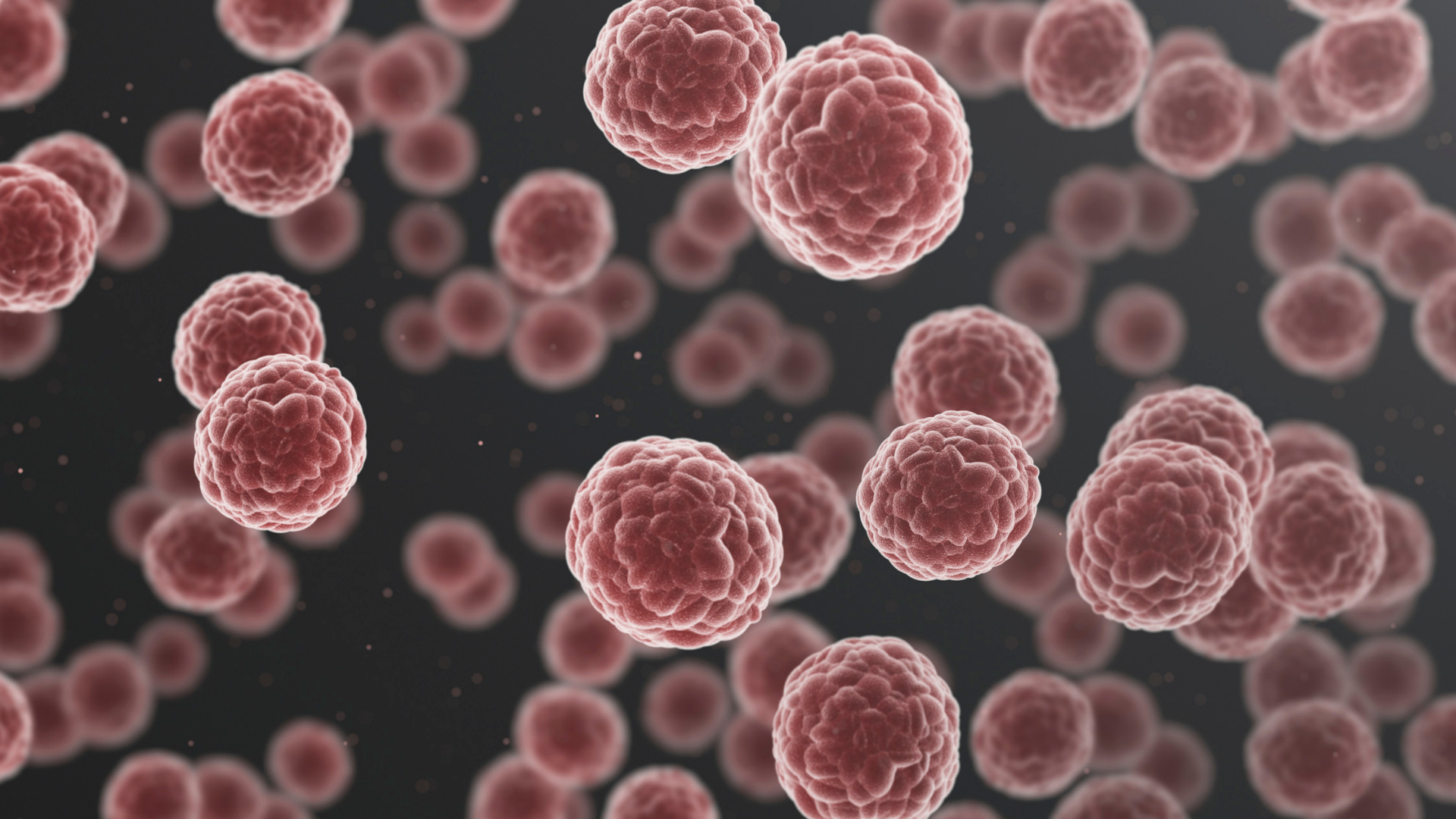
SABCS 2021: HR-positive, HER2-negative breast cancer: Premenopausal women continue to benefit from adjuvant chemo, ctDNA assessments can predict prognosis
décembre 2021
By Wayne Kuznar for oncoXchange
With longer follow-up of participants in the RxPONDER trial, postmenopausal women with node-positive hormone receptor (HR)-positive, human epidermal growth factor receptor 2 (HER2)-negative breast cancer and a 21-gene recurrence score (RS) of 0 to 25 continue not to benefit from adjuvant chemotherapy when added to endocrine therapy, whereas premenopausal women with the same characteristics benefit from the addition of chemotherapy to endocrine therapy.
In prespecified analyses of RxPONDER, which enrolled patients with HR-positive, HER2-negative breast, 1 to 3 positive axillary lymph nodes, and an RS ≤25, invasive disease-free survival (IDFS), distant relapse-free survival (DRFS), and distant recurrence-free interval (DRFI) were significantly longer in premenopausal women who received adjuvant chemoendocrine therapy compared with those who received endocrine-only therapy, with relative decreases of 44% to 46% in IDFS, DRFS, and DRFI events in the chemoendocrine arm.
Also, premenopausal women with micrometastases only appear to benefit from chemotherapy only, although the number of events was limited.
The updated analysis of RxPONDER was presented at the 2021 San Antonio Breast Cancer Symposium (SABCS).
The clinical utility of 21-gene recurrence in patients with HR-positive, HER2-negative breast cancer and 1 to 3 positive lymph nodes is established, said presenter Kevin Kalinsky, MD,
a breast medical oncologist at the Winship Cancer Institute at Emory University, Atlanta. In RxPONDER, at follow-up of approximately 5 years, the benefit of chemotherapy differed by menopausal status for patients with an RS ≤25. Among postmenopausal women, no benefit of chemotherapy was observed on the endpoints of IDFS or DRFS, whereas chemotherapy benefit was evident in premenopausal patients.
A total of 5,083 women (33.2% premenopausal and 66.8% postmenopausal) were randomly assigned to receive hormone therapy alone or hormone therapy plus chemotherapy (including a taxane and/or an anthracycline), and 5,018 participated in the study. The updated analysis presented at SABCS represents a median follow-up of 6.1 years in the intent-to-treat population and 553 IDFS events.
“Postmenopausal women continue to not benefit from chemotherapy in this updated analysis for IDFS or for DRFS,” said Dr. Kalinsky. “However, premenopausal women continue to benefit from chemotherapy, with a 5-year IDFS absolute chemotherapy benefit of 4.9% [adjusted HR, 0.64; P=0.004] and a 5-year DRFS absolute chemotherapy benefit of 2.5% [adjusted HR, 0.66; P=0.033].”
On the endpoint of distant recurrence-free interval (DRFI), there was no benefit of chemotherapy observed in postmenopausal women whereas a 5-year DRFI absolute chemotherapy benefit of 2.4% (risk-adjusted HR, 064; P=0.026) was observed in premenopausal women. In the latter group, RS was a stratification factor; in those with an RS of 0 to 13, the 5-year DRFI rate was 2.3% and in those with an RS of 14 to 25, it was 2.8%.
Additional exploratory post hoc analyses evaluating IDFS were performed in premenopausal women.
- Premenopausal women with p1Nmi and pN1 disease were found to benefit from chemotherapy, with a 5-year IDFS absolute chemotherapy benefit of 7.3% (adjusted HR, 0.44; P=0.07) in those with disease and 4.8% (adjusted HR, 0.64; P=0.009) in those with pN1 disease.
- The rate of ovarian function suppression (OFS) remained low and consistent in both arms over time, though higher in the arm randomized to endocrine therapy.
- In the arm randomized to endocrine therapy alone, no difference in IDFS was found between premenopausal women who underwent OFS, defined as medical suppression for at least 2 6-month time intervals or bilateral oophorectomy in the first 24 months, compared with those who did not undergo OFS. “It remains unclear if OFS can replace chemotherapy in premenopausal women with HR-positive, HER2-negative, node-positive breast cancer,” said Dr. Kalinsky.
- Though higher in the endocrine therapy arm, the rate of regular menstrual periods decreased similarly in both treatment arms. The rate of IDFS was numerically improved in premenopausal women no longer having regular menstrual periods in the first 24 months in both treatment arms.

Commentaires (0)